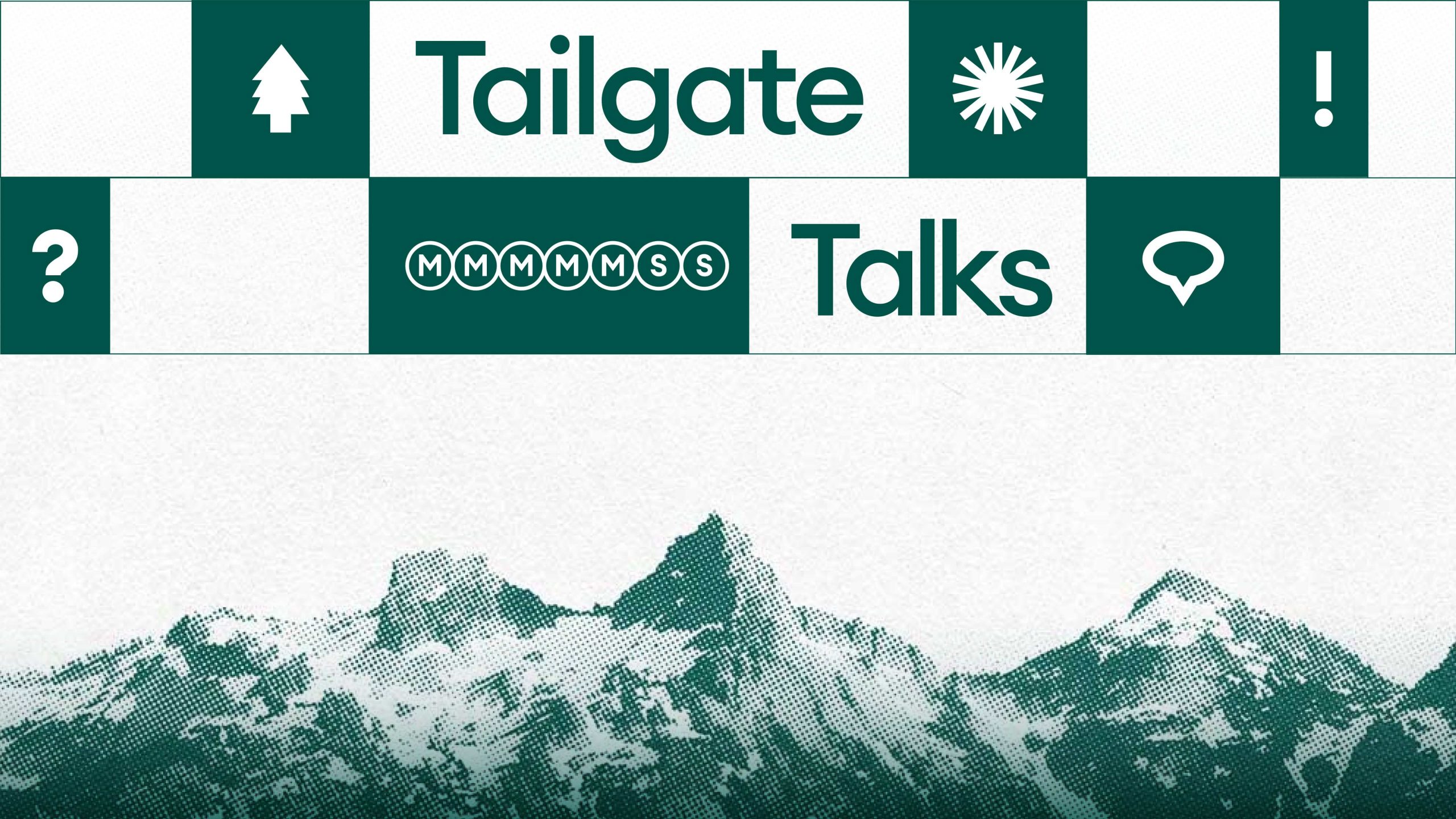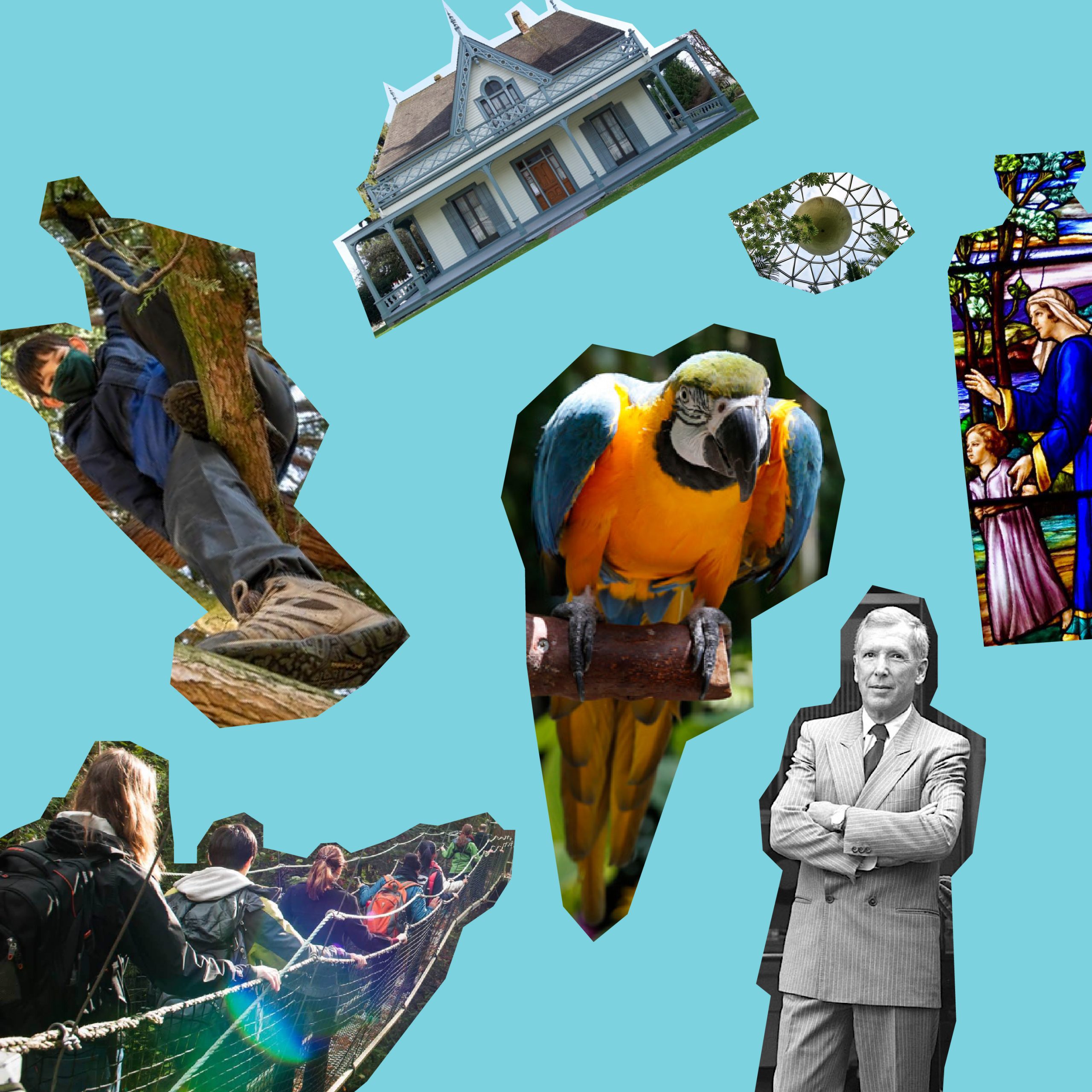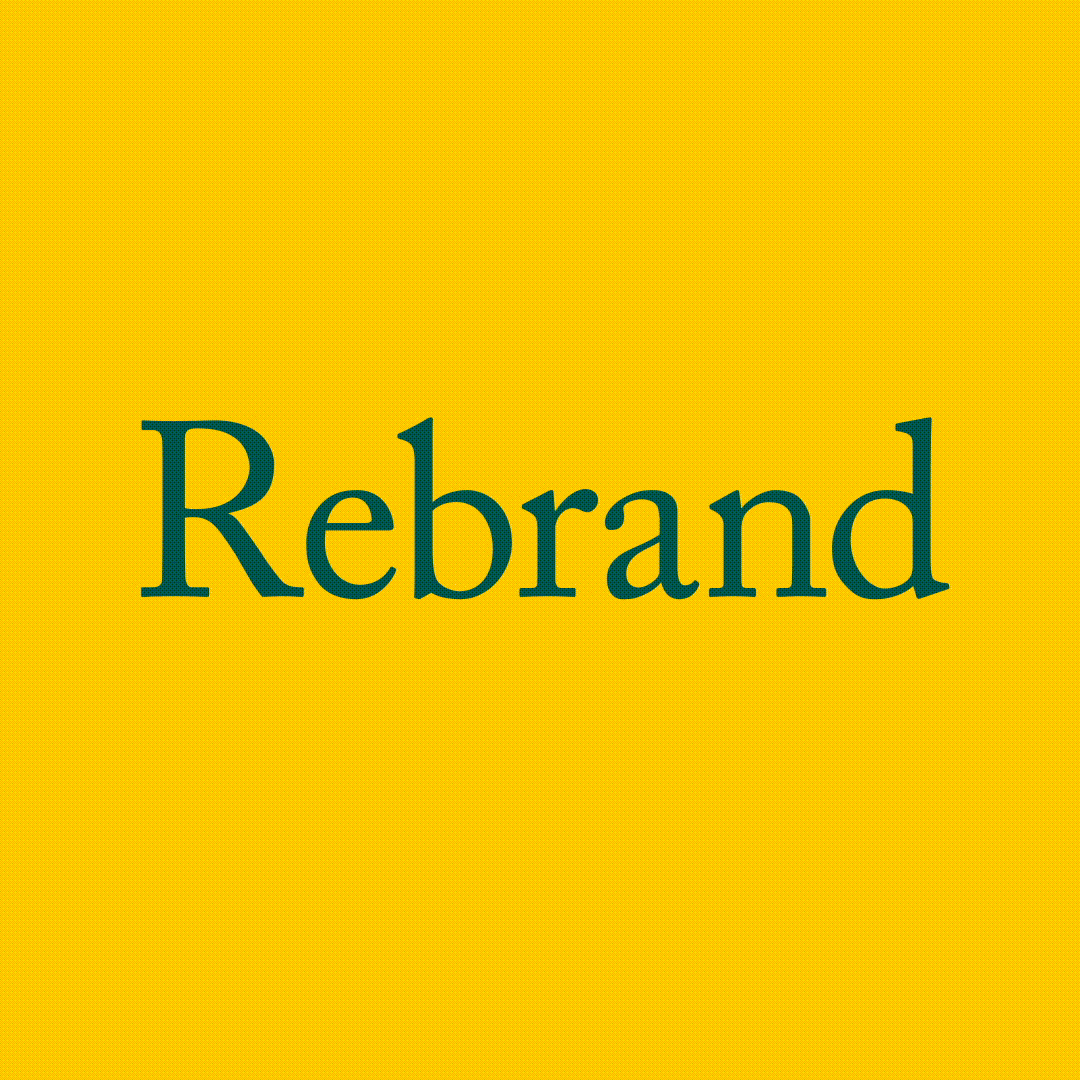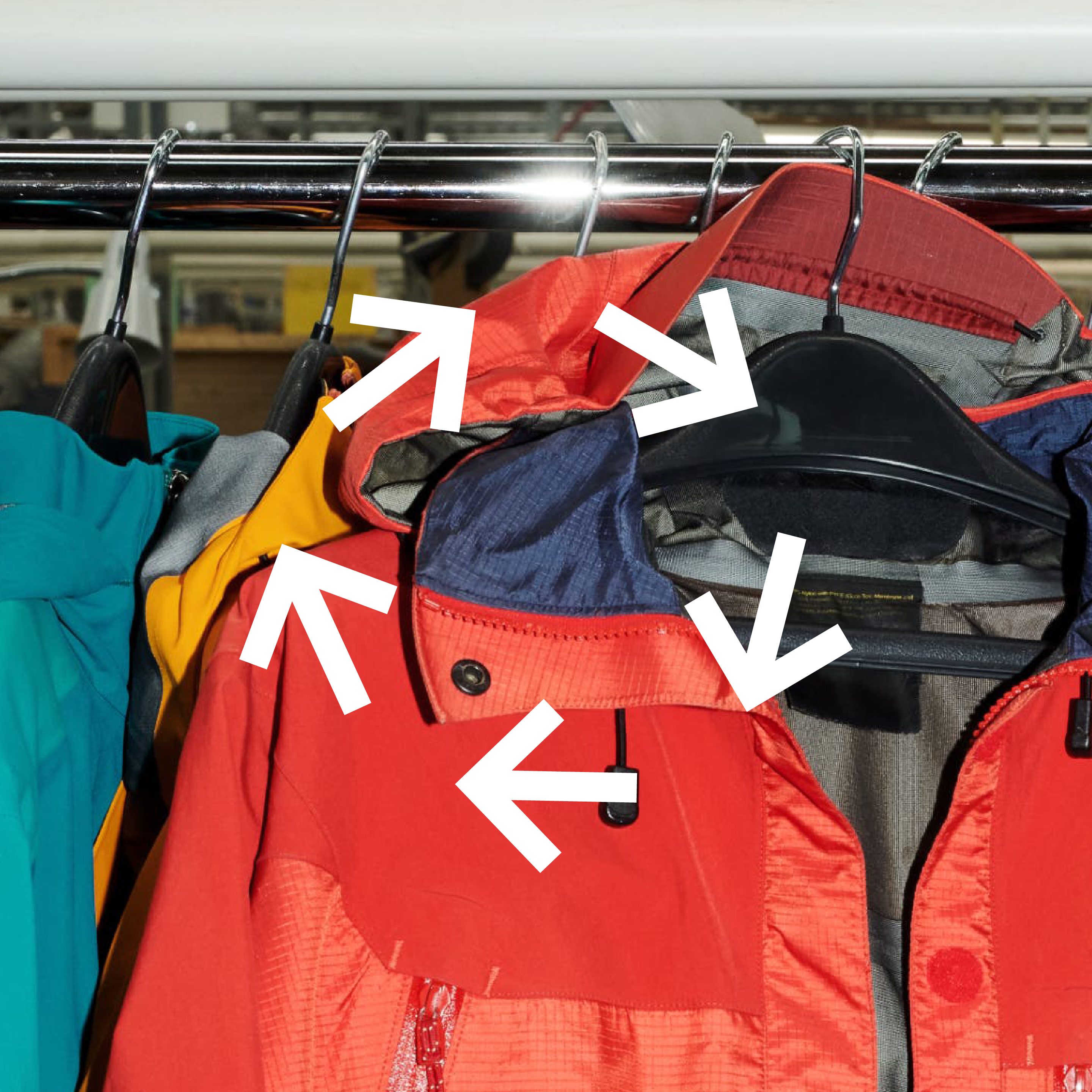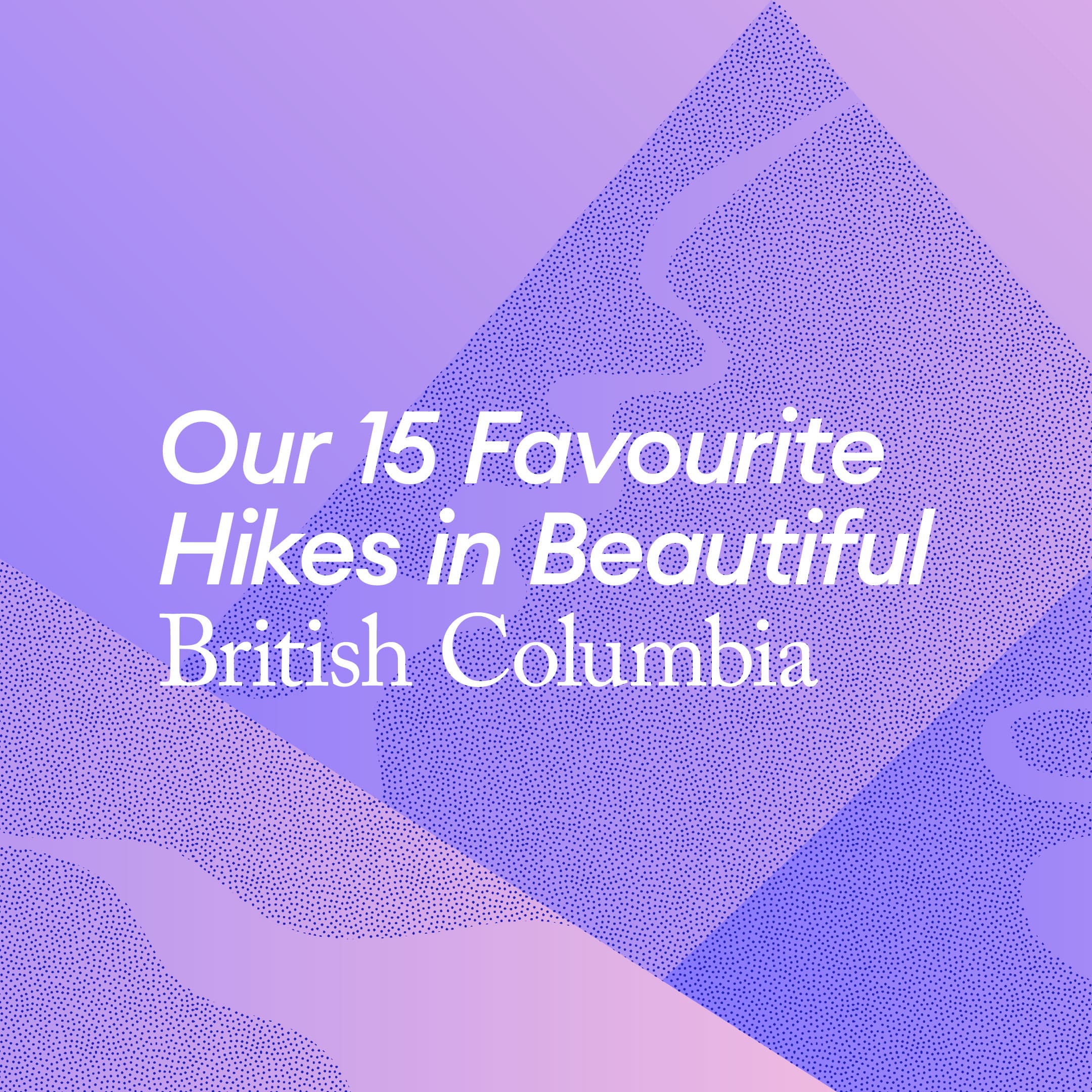There’s a running joke in this industry that marketing brains never truly shut off. Guilty as charged—we’re a curious bunch, always mentally bookmarking aha! moments during meditative trail runs or quiet moments on the river.
As we head into the final quarter of the year it felt like high time to check in on the state of marketing with some like-minded trailblazers. But in true Monday fashion, we knew we wanted to swap boardrooms and office hours for fresh air and hiking boots. We rounded up brand champions from Vitruvi, Stonz, Arc’teryx, Earth’s Own, and KIDDO Films for a come-as-you-are meeting of the minds that we’ve dubbed Tailgate Talks.
Together we hiked North Vancouver’s Dog Mountain Trail and then—true to the event’s name—huddled up in camp chairs over dinner and drinks to share some candid experiences from the past year. What hurdles have brands been facing? What are their marketing priorities moving forward? See what we learned—some of these takeaways may surprise you.
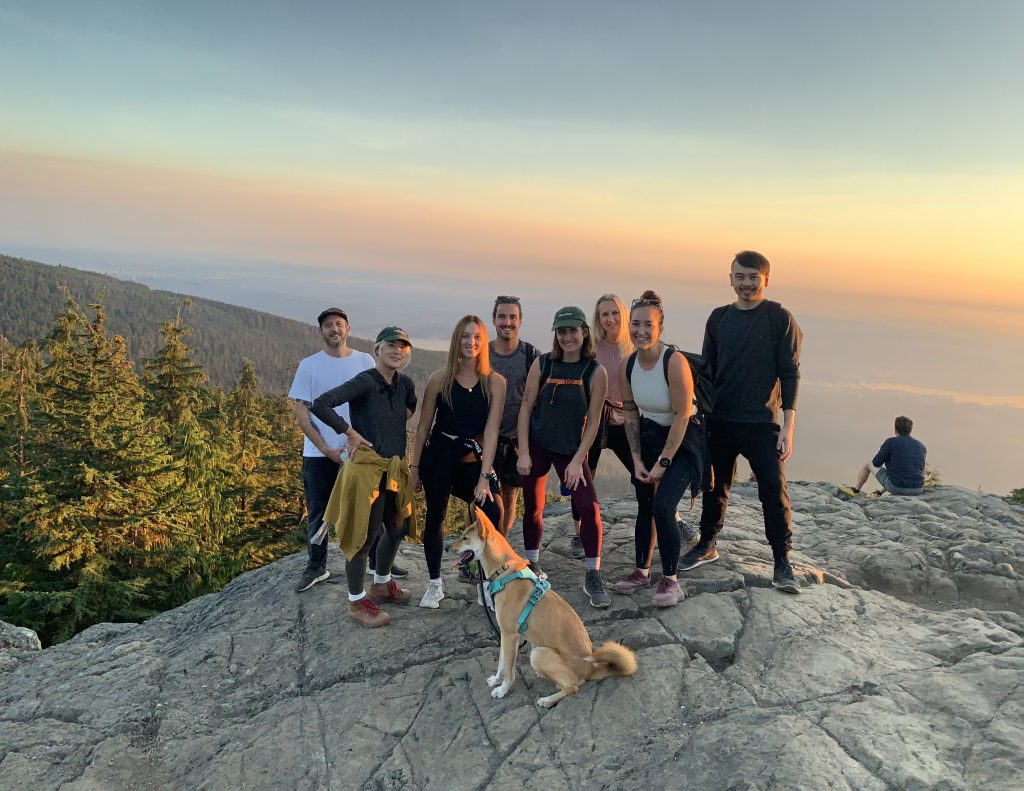
Meet the Crew
Allison Butula (and sidekick Brownie)
VP Marketing at Vitruvi
Peter Chu
Brand Manager at Earth’s Own
Bronwyn Fache
Manager—Digital Brand at Arc’teryx
Michael Milardo
Co-Founder, Executive Producer & Creative Director at KIDDO Films
Lisa Will
Founder & CEO at Stonz
Amanda Lee Smith
Co-founder & CEO at Monday Creative
Lindsay White
Co-founder & CSO at Monday Creative
James Pavelick
Account Executive at Monday Creative
First things first: how are things going?
Brands made some major pivots to stay afloat throughout Covid to meet the demands of home-bound buyers. But consumers have returned to in-person shopping with a vengeance—and an omnichannel strategy is more important than ever.
Allison: “So many of us relied on ecommerce and are now flipping back to retail. Investors want to see that you have a plan for every platform.”
Peter: “It’s a balancing act between keeping a consistent brand across the board versus doing different things on different channels to be most effective.”
Lisa: “Messaging has to be diversified so your brand stays relevant across different demographics.”
As brands fight to stay relatable—and profitable—they’re using every marketing tool at their disposal. But how are they shifting focus to get away from the digital ad machine and stand out in a saturated market? For some, it’s about approaching ‘old’ platforms with new purpose.
Allison: “We’re embracing channels that previously felt a little out-there, like the home shopping network—which actually has millions of dollars of selling potential. We’re also getting back into direct mail, believe it or not.”
Amanda: “Whoa. We should brainstorm how to do sustainable direct mail—there has to be a way.”
Bronwyn: “I find the quantity-over-quality threshold a fine line. We have to stop and consider whether we’re trying to do too much—there are so many ideas flying around, but it can be tricky to take those outside the meeting and make creative time to action them.”
What’s been the biggest change for your business?
We unanimously agreed that the workforce has changed in a big way with more flexibility on remote work, increased work-life balance, and hiring the human above the resume. We’re doing business differently—and dare we say, better?
Lisa: “I used to get enamoured by a degree or a particular skill set—now I’m hiring 100% based on values.”
Amanda: “I think—I hope—that more leaders are learning to take greed and fear out of the picture. You don’t need long hours to make good work.”
As we talked, we kept circling back to one thing: marketing doesn’t have to be so precious anymore. Fun is back—brands that are relatable are the ones that succeed because they’re talking to humans like, well, humans.
Michael: “There’s been a pendulum shift throughout COVID in terms of how brands connect with consumers. When it started they wanted people to feel like they were there for them through the uncertainty. Then they wanted to inspire a sense of motivation. Now we’re seeing a more playful, escapist mentality happening—things have been a little dark, so people are looking for a laugh.”
It can be a challenge for brands to contribute to that niche when ‘fun’ isn’t typically part of their identity. Find what works for your audience—whether that’s adjustments to messaging or testing the waters with a specific campaign—rather than reinventing your entire business to suit a trend.
Bronwyn: “Arc’teryx is trying to find ways to subtly bring in fun—even having our models look less serious gives things a lighter tone. It also depends on the platform. Playful TikTok content sometimes performs better than the higher production pieces because it suits the medium.”
Allison: “We found that UGC ads performed six times better for us than branded advertisements. We built out specific attribution models for each platform with goals for each—we know we’re using TikTok to get those super-high impressions, but maybe we’re going to Meta for more conversions.”
Amanda: “In the words of Marshall McLuhan, ‘the medium is the message.’ The channel we use says just as much as the information we’re putting onto it.”
Monday’s resident wilderness YouTube sensation also chimed in on how much AI tech has advanced recently.
James: “YouTube can actually pick up on the location in a video now—so if I’ve got a mountain in Whistler in the backdrop, it’s using that metadata to serve the content to the right audience instead of relying as heavily on keywords in the title and caption.”
How have your priorities shifted?
Economic uncertainty, climate crisis, supply chain issues. There are plenty of commerce curveballs on the horizon—how are brands future-proofing for what comes next?
Michael: “We’re being mindful that when the recession hits, large scale commercial projects might diminish. So we’re giving the company legs, thinking about what’s going to carry us through, building capabilities to service ‘scrappier’ content projects and also differentiating regions to have more presence in each.”
Peter: “For us it means giving priority to our core competencies over innovation projects, focusing on activities that will drive results.”
Bronwyn: “I think at the end of the day, the narrative is key. It has to be true to brand and our motivations. The heart behind the brand will always ring true.”
That’s a solid endorsement for investing in a sound brand purpose if ever we’ve heard one.



